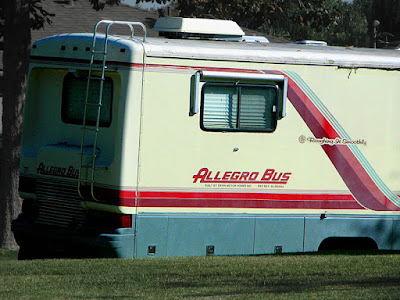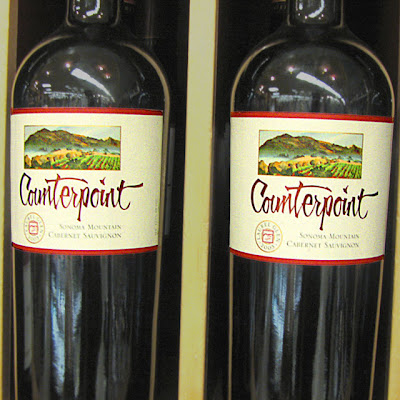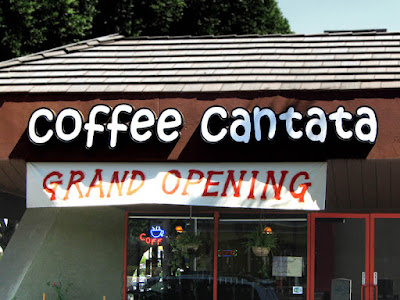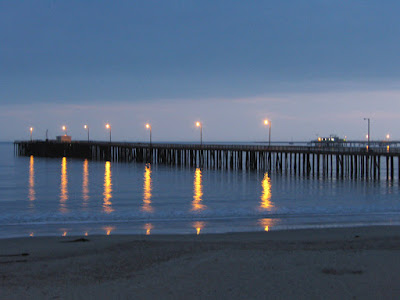The Food and Drug Administration today urged that no further sales be made of cranberries and cranberry products produced in Washington and Oregon in 1958 and 1959 because of their possible contamination by a chemical weed killer, aminotriazole, which causes cancer in the thyroids of rats when it is contained in their diet, until the cranberry industry has submitted a workable plan to separate the contaminated berries from those that are not contaminated.As a result of this announcement a nationwide panic ensued.
I, a highly impressionable and not-too-savvy-about-matters-of-food-borne-news-inflamed-misinformation eight-year-old living far from Oregon or Washington, resolved never to eat cranberries again. It was years, decades even, before I could securely eat any cranberry product. Even now, every Thanksgiving as the dish of red goo gets served, my childhood fears return: those little red round berries could kill me. I've learned to keep my mouth shut about it.
Of course, since then, I've even discovered that I like cranberries - including cranberry bagels (which ought to be an affront to nature, but aren't).
I was reminded of this little shading of my personality by a front page of the Los Angeles Mirror (an evening newspaper) from November 11, 1959, reproduced in a recent LA Times blog post about policemen damaging an LA restaurant because of a typographical error. The massive headline is pure scandal rag. But those pesky contaminated cranberries are front and center a few inches down.

A little research into the subject reveals that this event was an early example of food panic. The genre has gotten rather more sophisticated since then.
If you go to the Times blog you can enlarge the newspaper page enough to read the other stories. But here's the text of the cranberry story to help Mrs. Google run up my hit counter.
Go Ahead and Eat, Say Cranberry Expert
Claims Even Tainted Crop Safe
WAREHAM, Mass., Nov. 11 (AP) - The scientist who presides over the world's leading cranberry agricultural experiment station said today he can see no reason why people should not eat cranberries now and during the holiday season.
Dr. Chester E. Cross of the University of Massachusetts directs the Massachusetts agricultural experiment station to which agricultural scientists of the world come to learn about cranberry growing.
[Sidebar: For tasty cranberry substitutes, see story, Page 19.]
This station is largely responsible for the Massachusetts cranberry production, which this year totals 595,000 barrels or half the world crop.
Dr. Cross points out that weed-spraying has been questioned only in a small fraction of the nation's crop in two Pacific Coast states.
He said he would eat a helping of even the suspected West Coast cranberries with no more concern than he would feel over smoking a cigarette.
He chided Welfare Secretary Arthur S. Flemming for stating Monday that improper use of the weed killer aminotriazole had contaminated portions of the Oregon-Washington crop.
Timing Blasted
He said that Flemming's statement at this pre-Thanksgiving time is damaging to the entire industry and that information upon which it was based was "miserable and meager".
In nearby Hattson (?) the National Cranberry Assn. said that all suspected West Coast cranberries already have been segregated from the market.
Meanwhile, the U.S. government sent 100 inspectors and 60 chemists to all parts of the country to test cranberries for possible contamination.
Few Contaminated
Only limited quantities of berries from Oregon and Washington have been found to be contaminated, the government says. But it is making safety checks on cranberries from all producing areas.
Ambrose E. Stevens, executive vice president of Ocean Spray Cranberries, Inc., said in New York that Flem- (turn to Page 19, Column 4)
The National Cranberry Association is now known as Ocean Spray Cranberries, Inc., and apparently it survived the 1959 panic thanks to a government subsidy on unsold cranberries. They now sell nearly $1.5 Billion dollars worth of cranberries per year. An early version of "Too big to fail"? Read more than you want to know about the cranberry business here.
Scare Tags: Cranberry Scare. . . 1959. . . contaminated food











